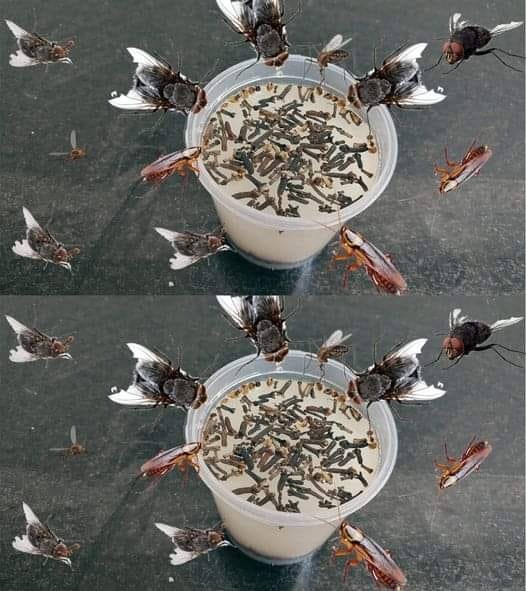Materials You’ll Need
- Microfiber cloths (2-3)
- Soap and water
- Automotive scratch remover or rubbing compound
- Polishing compound
- Wax or sealant
- Sandpaper (optional, 2000-3000 grit for deeper scratches)
- A soft sponge or foam applicator pad
Step 1: Clean the Affected Area
Start by thoroughly cleaning the scratched area to remove dirt, dust, and debris. This prevents further scratching during the repair process.
- Mix mild soap with water and use a sponge to clean the surface.
- Rinse with clean water and dry with a microfiber cloth.
Step 2: Assess the Scratch
Run your fingernail across the scratch. If it catches, the scratch is deeper and might require additional effort, such as sanding or using touch-up paint. If it doesn’t catch, it's likely a surface scratch that can be polished out.
Step 3: Apply Scratch Remover
- Squeeze a small amount of automotive scratch remover or rubbing compound onto a foam applicator pad or microfiber cloth.
- Rub the compound onto the scratched area using circular motions with moderate pressure. This helps to smooth out the clear coat and blend the scratch with the surrounding paint.
- Continue for 1-2 minutes, then wipe away excess with a clean microfiber cloth.
Step 4: Polish the Area
Once the scratch remover has done its job, it's time to polish the area to restore its shine:
- Apply a small amount of polishing compound to a clean applicator pad.
- Rub the compound in circular motions, focusing on the treated area.
- Buff the area with a clean microfiber cloth until it blends seamlessly with the rest of the car.
Step 5: Wax and Protect
To protect the repaired area and give it a glossy finish:
- Apply a thin layer of car wax or sealant over the treated area.
- Use a microfiber cloth to buff the wax until it’s shiny and smooth. This step not only protects the paint but also helps conceal minor imperfections.
For Deeper Scratches: Optional Steps
If the scratch penetrates the clear coat and exposes the base coat or primer, you may need to:
- Sand the Area: Use 2000-3000 grit sandpaper soaked in water to gently sand the scratch, leveling it with the surrounding surface. Always sand lightly to avoid causing more damage.
- Apply Touch-Up Paint: Match your car's color using a touch-up paint kit. Apply the paint in thin layers and allow it to dry between coats.
- Clear Coat Application: Once the paint is dry, add a layer of clear coat to protect it.
- Polish and Wax: Follow the same polishing and waxing steps to finish.
Tips for Best Results
- Always work in a shaded area to prevent the compounds from drying too quickly.
- Use light pressure to avoid further damage.
- Test the scratch remover on an inconspicuous area of your car first to ensure compatibility with the paint.
When to Seek Professional Help
If the scratch is too deep or covers a large area, it’s best to consult a professional. They can use specialized tools and techniques to restore your car's appearance.
Conclusion
With the right materials and a little patience, you can remove or significantly reduce paint scratches on your car at home. This foolproof method is cost-effective and provides impressive results, leaving your car looking polished and well-maintained. Regular waxing and careful driving can also help prevent future scratches, ensuring your car stays in great condition for years to come.






